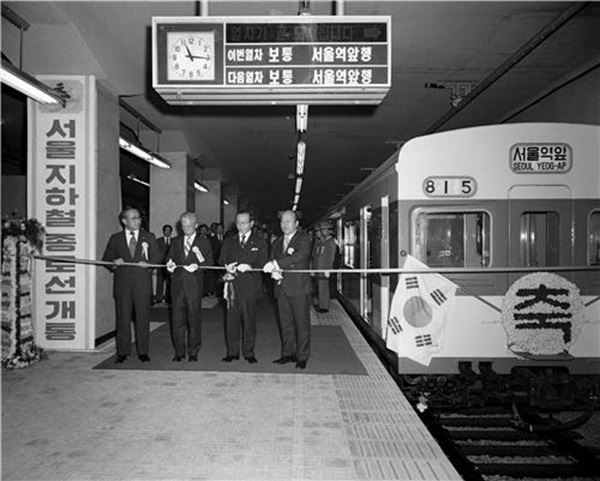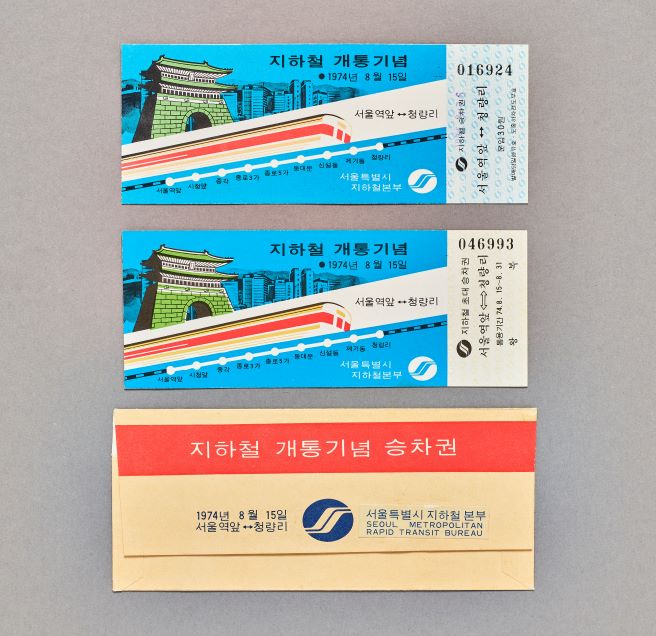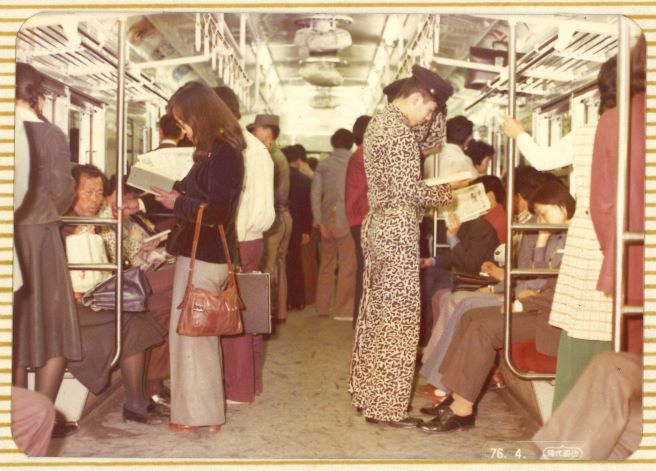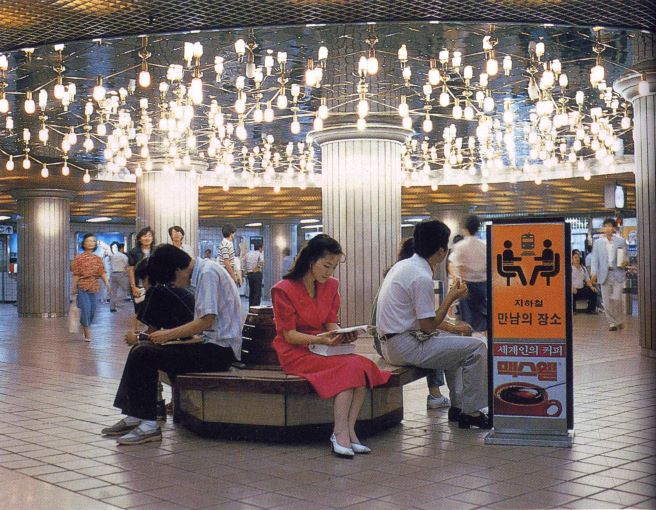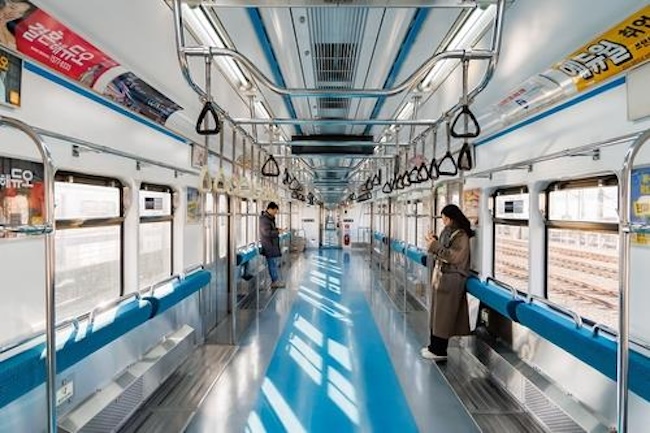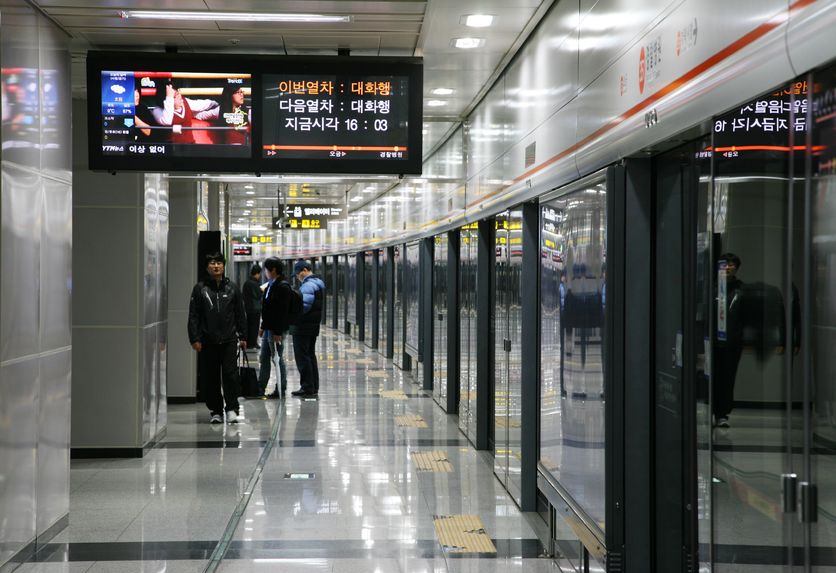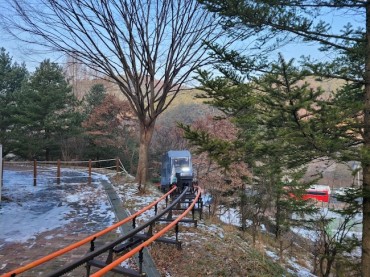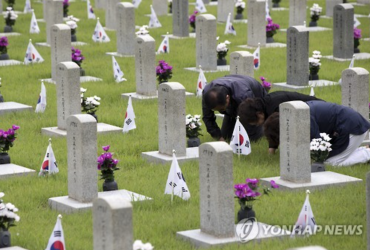SEOUL, Aug. 9 (Korea Bizwire) – As Seoul’s subway system marks its 50th anniversary, a special exhibition is set to open, offering a vibrant retrospective of how underground trains revolutionized the South Korean capital’s landscape and its citizens’ daily lives.
The Seoul Metropolitan Government and the Seoul Museum of History announced on August 8 that “Seoul’s Subway” will run from August 9 to November 3.
The free exhibition, held in the museum’s first-floor special exhibition hall, chronicles half a century of urban transit that has carried more than 80 billion passengers.
Divided into three parts, the exhibition takes visitors on a journey from the subway’s inception to its present-day operations.
The first section, “Trains Running Underground,” delves into the birth of Korea’s subway system. It showcases the technological prowess that powers the trains and the principles behind their operation.
The initial plans for the subway emerged in the 1960s as a solution to rapid population growth and the limitations of surface transportation. Despite fierce opposition — with some claiming that building a subway would ruin the country — the pioneers of the project persevered.
A poignant artifact on display is the “inaugural spike” that President Park Chung-hee was scheduled to drive during the opening ceremony on August 15, 1974 — Korea’s Liberation Day. However, the celebratory mood was dampened when the First Lady was shot just an hour before the event.
Visitors can also view commemorative tickets, stamps, plaques, and various train parts sourced from actual subway cars.
The second part, “Seoul on Rails,” explores how the subway transformed Seoul’s transportation ecosystem and, consequently, its citizens’ lifestyles.
The advent of punctual subway service helped eradicate the notion of “Korean time,” a cultural tendency for tardiness. Campaigns like “exit first, then enter” and “no smoking in stations and trains,” implemented in preparation for the Olympics, are credited with elevating public etiquette.
This section also presents materials on the opening of lines 2-4, reforms in the public transportation system including buses and taxis, and the development of areas around subway stations. A 3D video experience of Euljiro Underground Shopping Center, Korea’s longest, is another highlight.
The final section, “I Ride the Subway Today,” focuses on the people who keep the subway running and the everyday stories of its passengers. It features accounts from Kwon Oh-chul, a station attendant at Sinseol-dong Station when it opened, and Ahn Sung-sook, Korea’s first female train driver.
The exhibition also recounts amusing anecdotes, such as a citizen who took off their shoes before entering a subway station during the inaugural public ride in 1974, and how the subway system goes into emergency mode for college entrance exam day.
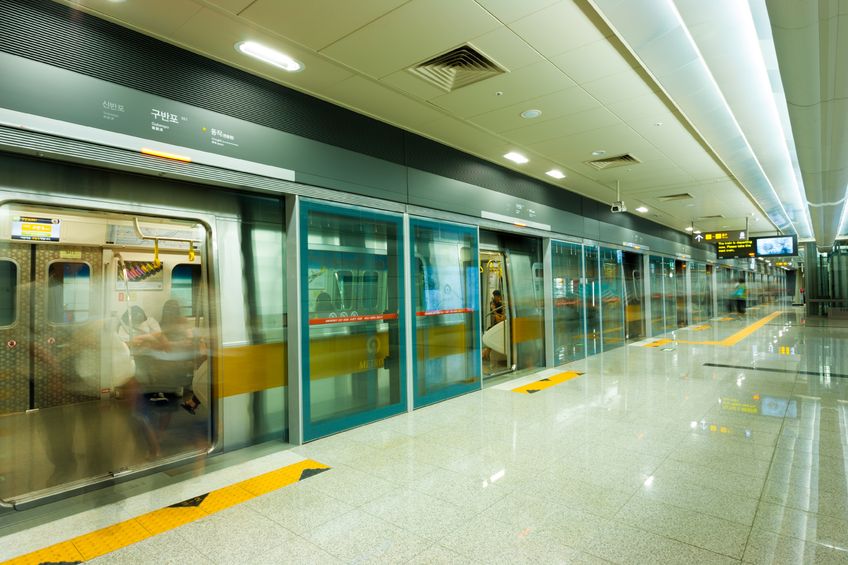
Seoul’s subway system continues to receive praise from international media outlets over a number of features including its efficient payment system and wide internet coverage. (Image: Kobiz Media)
Complementary guided tours led by subway employees and the exhibition’s curators are available. A photo zone replicating the opening ceremony allows visitors to commemorate the historic moment from 50 years ago.
Baek Ho, CEO of Seoul Metro, expressed his delight at showcasing this retrospective journey, stating, “I hope this exhibition serves as both a celebratory venue and a stepping stone as we prepare for the next 50 years.”
Image credit: Seoul Metropolitan Government, Yonhap, Seoul Metro / photonews@koreabizwire.com


